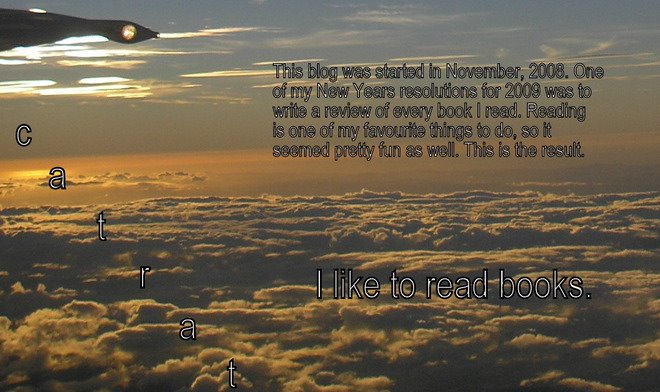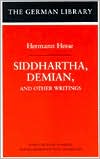I first read Wasted by the same author by recommendation when I was about 17 and loved it. Not only did it outline what eating disorders are actually like but also sought to quash the various myths about eating disorders among the public.
I first found out from my friend Sam that this book had been written. I have never suffered from Bipolar, but already knew how debilitating it could be, not personally obviously but through hearing of other's experiences. This book added to the small amount of knowledge I already had and provided a great deal of insight into what it is like to experience the exceptional highs and devastating lows of Bipolar.
Hornbacher suffers from the most serious form of Bipolar - that is Bipolar I rapid cycle meaning she experienced the exhilirating life-threatening highs in quick display with the lows, the deep depressions. As with Wasted while displaying what would have been an intensely difficult time in her life, she still manages to display humour and surprise about the things she did while suffering from the worst symptoms. She also talks of the sort of remissions she went into when the medications would be working and her life was in order, only to be replaced by a resurge of symptoms which would again cause havoc in her life.
Even in this day and age there is still a huge degree of discrimination towards people with mental illnesses, this book also displays the surprising comments she received from mental health professionals and shows the huge amount of people who have no idea what Bipolar really is. The book follows every facet of her illness from signs in early childhood, misdiagnosis, good and bad psychiatrists, alcoholism, medications, lifestyle changes to improve her symptoms, recurrence of eating disorder symptoms, countless hospitilisations, treatments apart from medication (ECT), relationship problems, guilt, self injury and career.
I really loved how much insight she seemed to have looking back on her various episodes, how they could seem like nothing and over time turned into something that she could sometimes predict. It really has such a great deal of information, along with humour and quirky stories that kept it not too depressing and left the reader with hope at the end and a lot more information about a mental illness that affects so many people.






